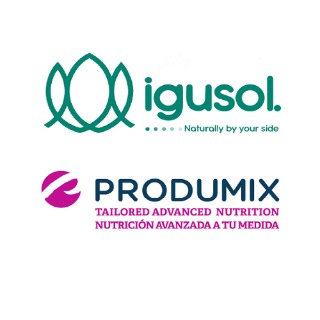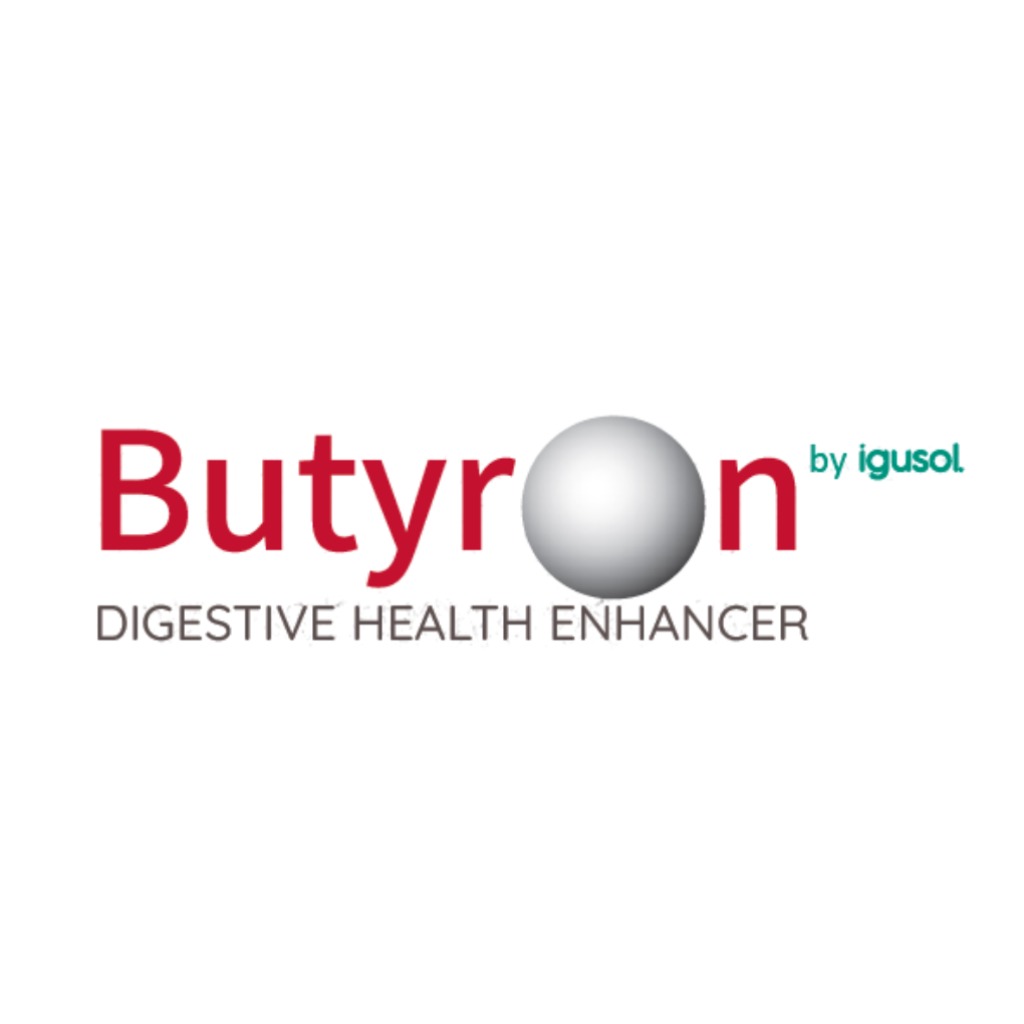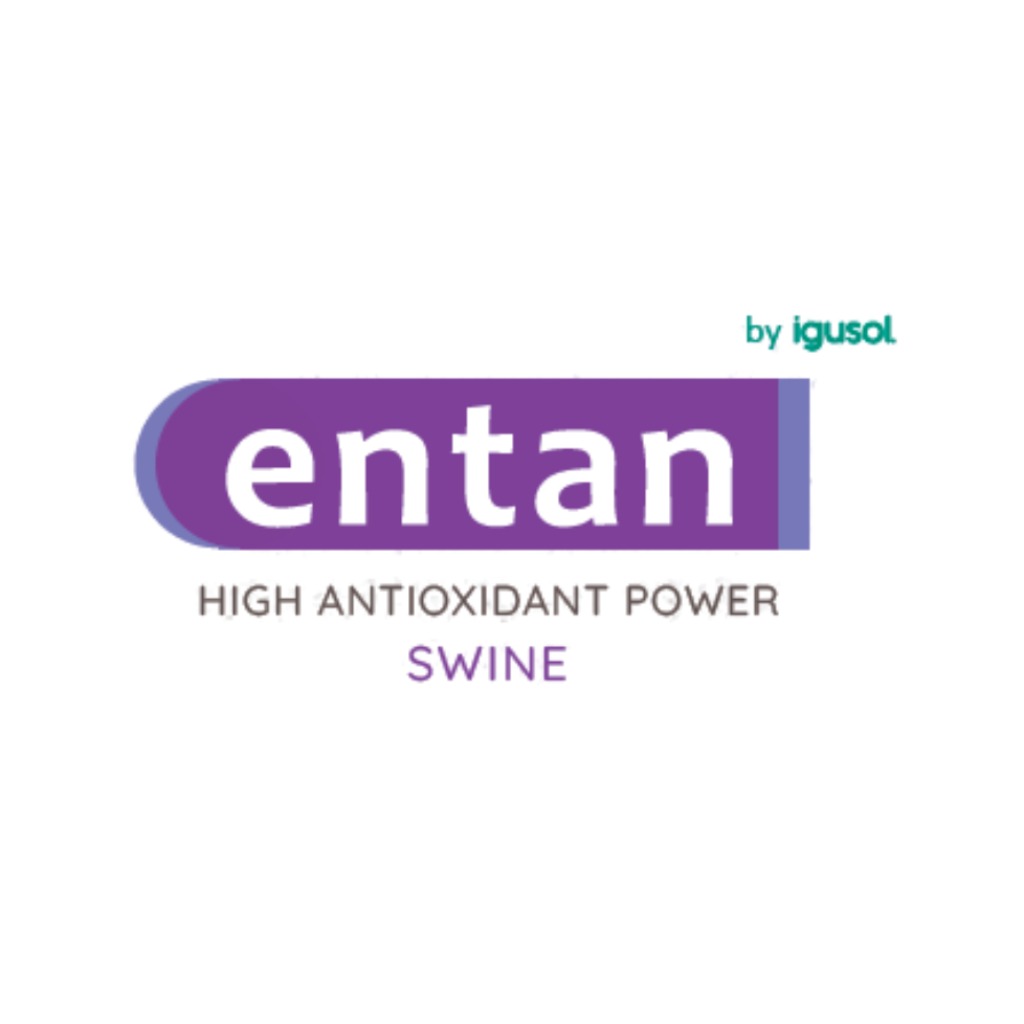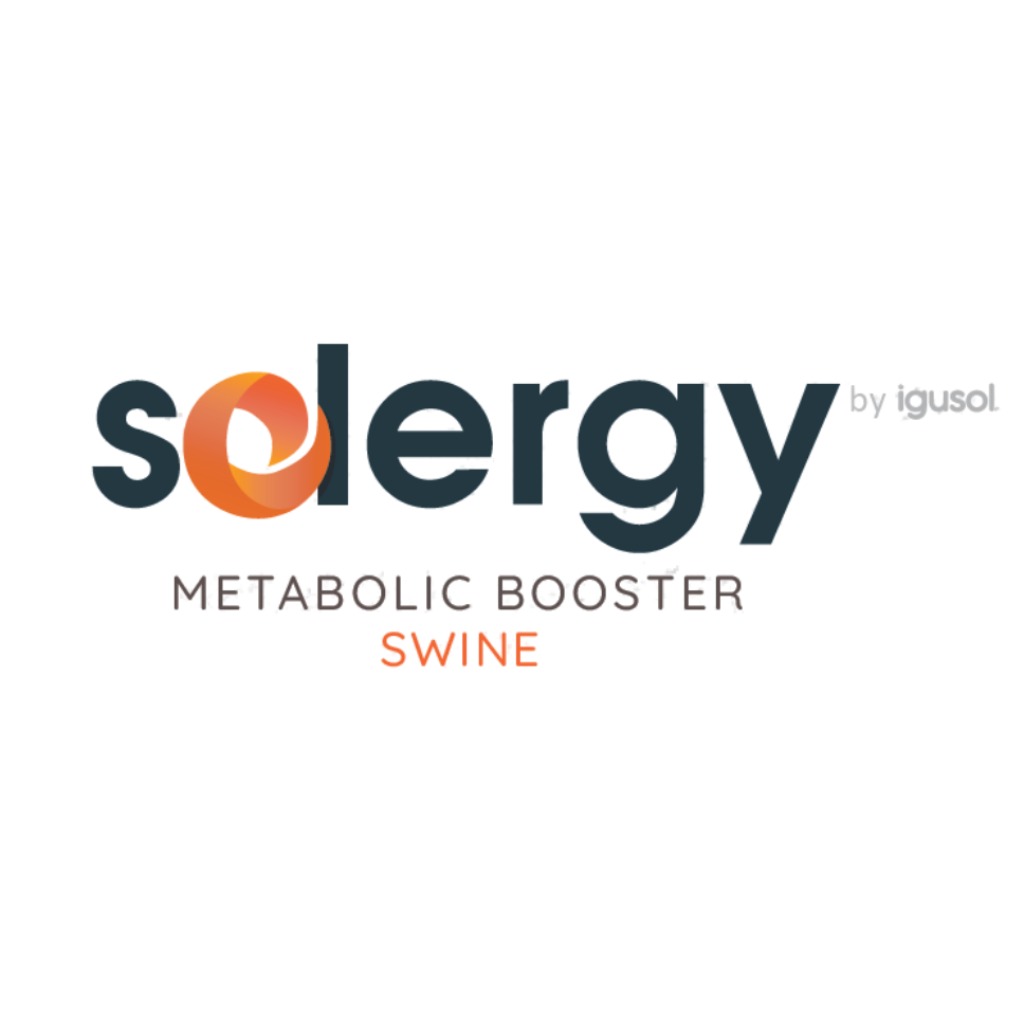Evaluation of BUTYRON Versus Different Types of Butyric Acid Protection on Piglet Productive Performance
Butyric acid (BA) is a short-chain fatty acid produced in the gastrointestinal (GIT) tract of animals through bacterial fermentation duringdigestion of feed.
BA acts as an energy source for GIT epithelial cells, stimulates intestinal villi development to enhance nutrient absorption, has bactericidal properties and can modulate the animal's immune response (Gálfi et al., 1999; Jerzsele et al., 2012).
However, BA is volatile, corrosive, and difficult to use in animal nutrition. To facilitate its use, BA can be converted into a salt (sodium or calcium), protected with a fat coating, or esterified with glycerol to form mono- or tributyrin.

BUTYRON is a product containing stabilized sodium butyrate (BA) salts coated with calcium salts that provide unique characteristics.
Unlike encapsulated or esterified BA, BUTYRON does not require specific enzymes to release butyrate, improving its bioavailability in young animals, which is essential for adequate piglet performance.
TRIAL OBJECTIVE
To evaluate piglet performance during pre-starter and starter phases using BUTYRON (stabilized sodium butyrate) compared with two different forms of butyric acid protection (BA): fat-coated and esterified (tributyrin).
MATERIALS & METHODS
TRIAL SITE: The trial was conducted at the experimental facilities of a commercial piglet farm in Spain in March 2024.
RAISING: 240 weaned piglets (Dambreed x Pietrain cross) aged 28 ± 2 days and initial body weight 5.8 ± 1.2 kg were obtained from a commercial sow unit.
DIETS:
Piglets received a standard post-weaning program for 33 days (pre-starter based on cooked and raw cereals, soybean meal (47% CP), soybean oil and dairy by-products; and starter based on raw cereals, soybean meal 47 and soybean oil). Diets were formulated to provide 2,400 kcal/kg NE and 1.26% total lysine in the pre-starter phase and 1.29% total lysine in the starter phase.
TREATMENTS
Isobutyric dosage
(each provides the same amount of butyrate anion)
- T1: Standard post-weaning diets + 1.8 kg/t of fat-coated calcium butyrate (BCG, 40% BA).
- T2: Standard post-weaning diets + 1.4 kg/t of tributyrin (50% BA).
- T3: Standard post-weaning diets + 1.5 kg/t of BUTYRON (48% BA).
STATISTICAL ANALYSIS
Data were analyzed as a completely randomized design using the MIXED procedure (SAS Institute, 2004), considering the type of butyric acid protection as the main effect.
Initial weight was used as a linear covariate for all performance parameters.
Each treatment was replicated 6 times and the experimental unit was a pen with 10 piglets. Mortality data were analyzed using the GENMOD procedure of SAS.
RESULTS
Table 1. Piglet performance by phase
| Group | BCG1 | Tributyrin | BUTYRON | SEM2 | P-value |
|---|---|---|---|---|---|
| Body weight at day 1, kg | 5.891 | 5.772 | 5.792 | 0.539 | 0.985 |
| Body weight at day 11, kg | 8.891 | 8.882 | 9.052 | 0.70 | 0.183 |
| Body weight at day 33, kg | 18.271 | 18.082 | 18.272 | 0.287 | 0.323 |
| Pre-starter phase (1 to 11 d) - Average daily gain, kg |
0.2781 | 0.2782 | 0.2942 | 0.006 | 0.180 |
| - Average daily feed intake, kg | 0.3511 | 0.3472 | 0.3602 | 0.011 | 0.663 |
| - Feed conversion ratio, kg/kg | 1.2631 | 1.2302 | 1.2432 | 0.025 | 0.649 |
| - Mortality, % | 0.011 | 0.012 | 0.012 | - | 0.936 |
| Starter phase (12 to 33 d) - Average daily gain, kg |
0.4541 | 0.4472 | 0.4682 | 0.011 | 0.435 |
| - Average daily feed intake, kg | 0.6731 | 0.6562 | 0.6862 | 0.020 | 0.369 |
| - Feed conversion ratio, kg/kg | 1.4801 | 1.4632 | 1.4682 | 0.020 | 0.998 |
| - Mortality, % | 0.011 | 1.712 | 0.012 | - | 0.999 |
1Fat-coated calcium butyrate
2Standard error of the mean
BUTYRON group showed higher final weight, higher daily gain, and better feed conversion ratios in different study phases.
BUTYRON group had the highest income per piglet and the highest income over feed cost.
CONCLUSION
The inclusion of BUTYRON in piglet diets during the pre-starter and starter phases showed superior productive performance and better economic returns compared to other tested forms of butyric acid.


Contacto:
Contacta con nosotros a través del siguiente formulario.
Un resumen semanal de las novedades de 3tres3 México
Accede y apúntate a la lista








